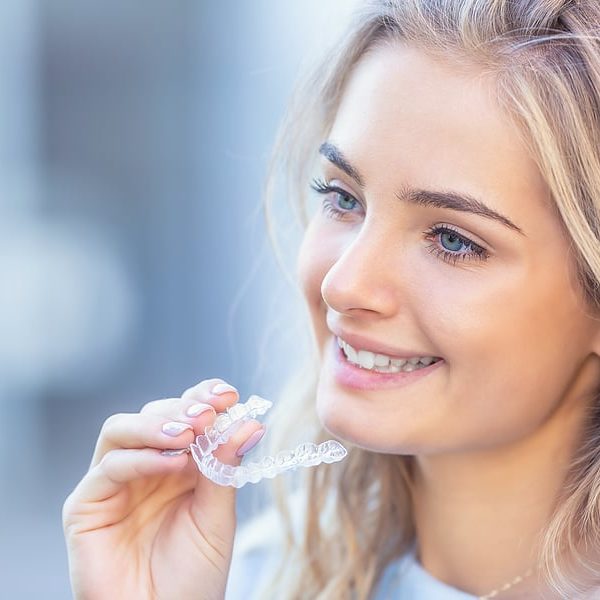It wasn’t until 1873 when toothpaste – now packaged in a jar – was mass-produced. The modern toothpaste tube was invented in 1892 by Dr. Washington Sheffield of Connecticut and was first used in his product called “Dr. Sheffield’s Crème Dentifrice.” He got the idea after his son traveled to Paris and saw painters using paint from tubes.
By the 1900s, toothpastes made of hydrogen peroxide and baking soda emerged but tooth powders continued to be used until World War I. Strangely, charcoal remained a popular teeth cleaning ingredient.
Fluoride was first added to toothpaste in 1914 but it was criticized by the American Dental Association (ADA) in 1937. In the 1950s, ADA changed its position and granted its seal of approval to fluoride toothpastes. The first brand to receive this honor was Procter & Gamble’s Crest toothpaste in 1955.
“Toothpaste comes in a variety of colorings, and flavors. The more usual flavorings are some variation on mint (spearmint, peppermint, regular mint, etc). Other more exotic flavors include: anise, apricot, bubblegum, cinnamon, fennel, neem, ginger, vanilla, lemon, orange and pine. More unusual are flavors include peanut butter, iced tea, and even whisky. Unflavored toothpaste does exist; however, most are flavored and sweetened. Because sugar promotes the growth of bacteria that cause tooth decay, artificial sweeteners are generally used instead,” said the editors of Wikipedia.
Bourbon and scotch whiskey flavored toothpastes appeared in Ohio in 1954 and contained real alcohol. They were invented by Don Poynter who had to take out a $10,000 bank loan to manufacture these products. Although the loan almost cost him his life, Poynter became famous and his novelty product became a best seller.
Other varieties manufactured by Neiman-Marcus in Dallas, Texas include champagne, Chablis, burgundy, Irish crème and peppermint schnapps flavored toothpastes.
For chocolate lovers, Regione Piemonte of Italy has a Hazelnut Chocolate Toothpaste that comes with a toothbrush and eight chocolates. While the idea of brushing with chocolate sounds appetizing, I doubt if it will help prevent cavities.
Promising to “put some flavor in your life”, Breath Palette of Japan has these exotic flavors: tropical pineapple, green tea, monkey banana, honey, kiwi fruit, cafe au lait, plum, vanilla, Indo curry, strawberry, California orange, white peach, Darjeeling tea, lemon tea, bitter chocolate, blueberry, caramel, L’Espresso, grapefruit, pumpkin pudding, cola, fresh yogurt, lavender, sweet salt, Fuji apple, Kyoto style tea, Japanese plum and grape. As you can see, today’s toothpastes aren’t as bad-tasting as the ones our forefathers relied on.
Although modern toothpastes are generally safe, they are not intended to be swallowed. Fluoride is toxic in large doses and excessive amounts can cause fluorosis in children which is characterized by black and brown stains as well as cracking of the teeth. This usually occurs between the ages of three months to eight years.
“This is why young children should not use fluoride toothpaste except under close supervision. There are several non-fluoride toothpaste options available in the market for those who choose not to use fluoride. Natural toothpaste can contain peppermint oil, myrrh, plant extract (strawberry extract), special oils and cleansing agents,” said the editors of Wikipedia.




